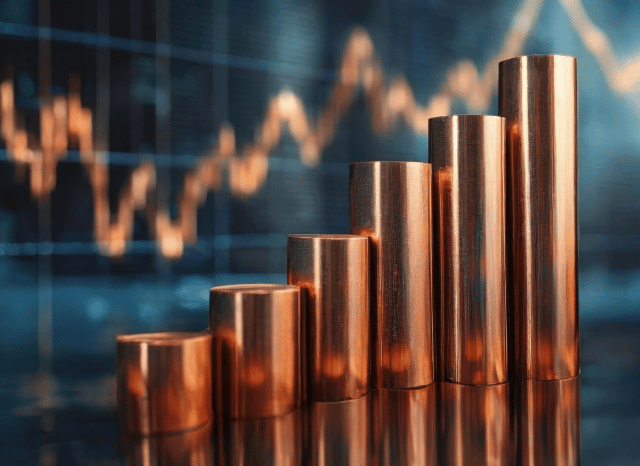Rare Earth Element Minerals: World-wide Supply and Need by Stanislav Kondrashov
Rare Earth Element Minerals: World-wide Supply and Need by Stanislav Kondrashov
Blog Article

The strategic metals powering the Electricity changeover at the moment are centre stage in geopolitics and sector.
The moment confined to niche scientific and industrial circles, rare earth elements (REEs) have surged into global headlines—and forever motive. These 17 elements, from neodymium to dysprosium, are classified as the creating blocks of recent technology, actively playing a central part in every little thing from wind turbines to electric powered motor vehicle motors, smartphones to defence methods.
As the world races in direction of decarbonisation and digitalisation, demand from customers for REEs is soaring. Their part during the Strength changeover is essential. Significant-overall performance magnets manufactured with neodymium and praseodymium are vital to the electrical motors Employed in each EVs and wind turbines. Other REEs like europium and terbium are beneficial for lighting, displays, and optical fibre networks.
But provide is precariously concentrated. China at the moment potential customers the sourcing, separation, and refining of rare earths, managing much more than eighty% of world output. This has left other nations scrambling to build resilient source chains, cut down dependency, and safe entry to these strategic resources. Consequently, rare earths are now not just industrial elements—they're geopolitical belongings.
Investors have taken note. Fascination in unusual earth-connected shares and exchange-traded cash (ETFs) has surged, driven by both equally the growth in cleanse tech and the desire to hedge from supply shocks. Nonetheless the market is elaborate. Some firms remain within the exploration period, Other people are scaling up generation, while a number of are already refining and delivering processed metals.
It’s also important to know the difference between unusual earth minerals and exceptional earth metals. "Minerals" refer to the raw rocks—like bastnasite, monazite, xenotime, or ionic clays—that have unusual earths in pure here form. These need intensive processing to isolate the metallic components. The term “metals,” Alternatively, refers to the purified chemical factors used in large-tech programs.
Processing these minerals into usable metals is high priced. Outside of China, couple of countries have mastered the entire industrial system at scale, though places like Australia, the U.S., Vietnam, and Brazil are Doing the job to alter that.
Need is becoming fuelled by several sectors:
· Electric powered mobility: magnets in motors
· Renewable Strength: specifically wind turbines
· Customer electronics: smartphones, laptops, sensors
· Defence: radar, sonar, precision-guided units
· Automation and robotics: ever more critical in industry
Neodymium stands out as a very valuable exceptional earth as a result of its use in potent magnets. Many others, like dysprosium and terbium, boost thermal steadiness in higher-general performance applications.
The unusual earth market place is risky. Rates can swing with trade coverage, technological breakthroughs, or new offer sources. For traders, ETFs present diversification, whilst direct inventory investments come with greater threat but most likely bigger returns.
What’s clear is unusual earths are not obscure chemical curiosities—they’re strategic assets reshaping the global financial system.